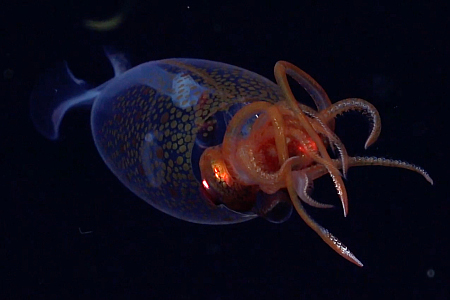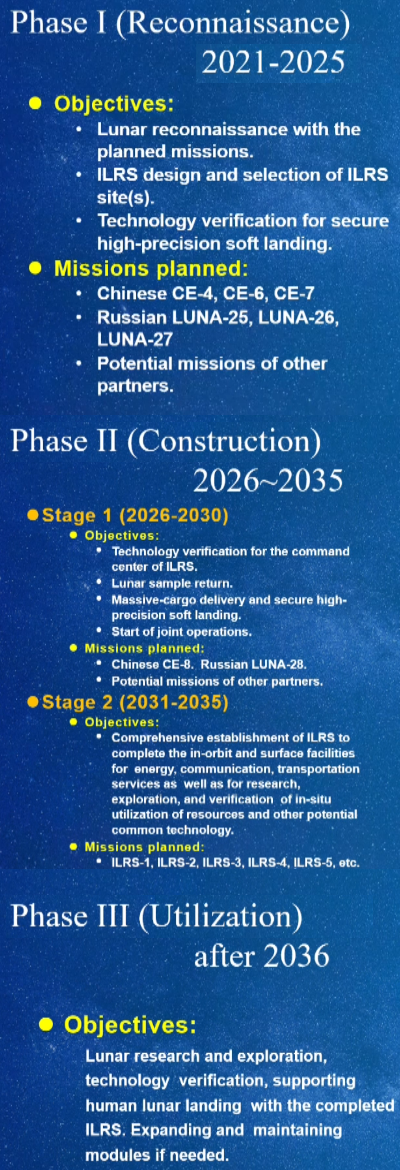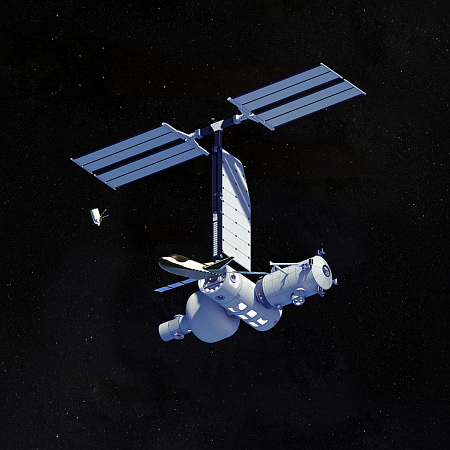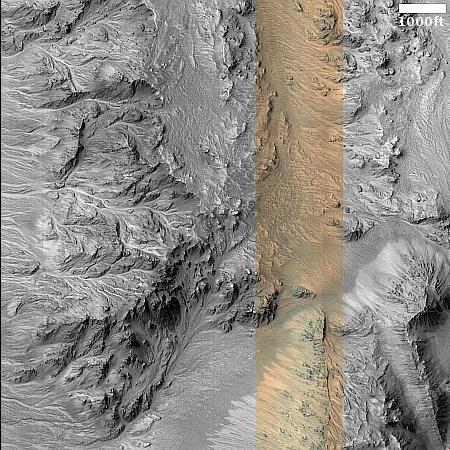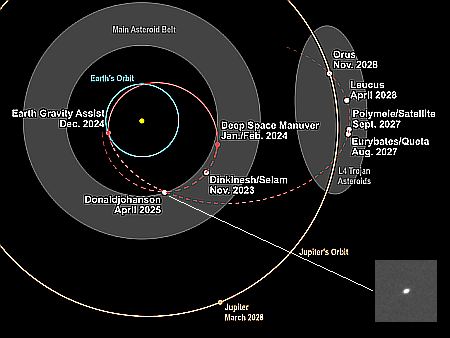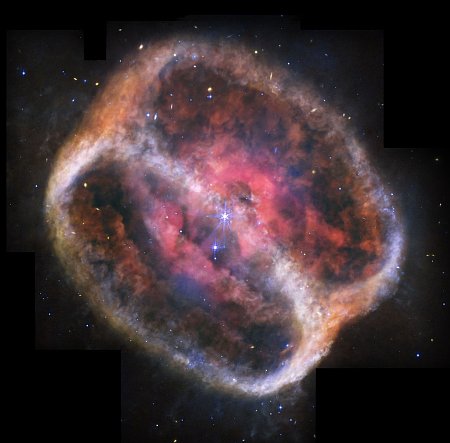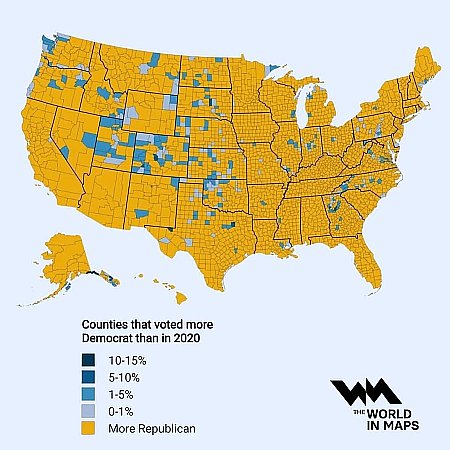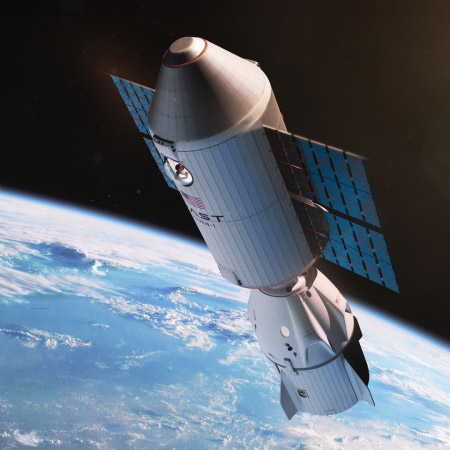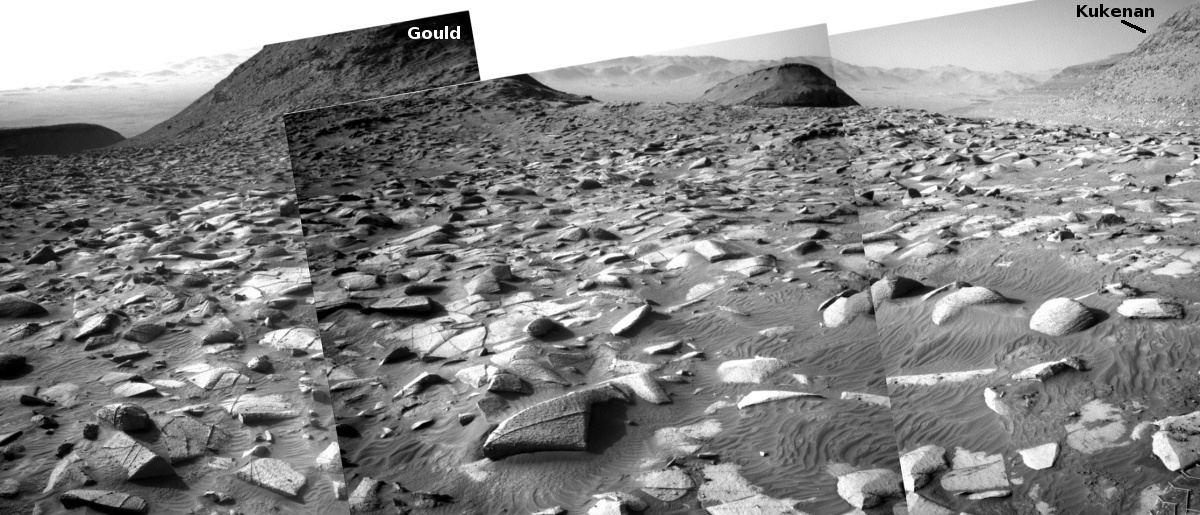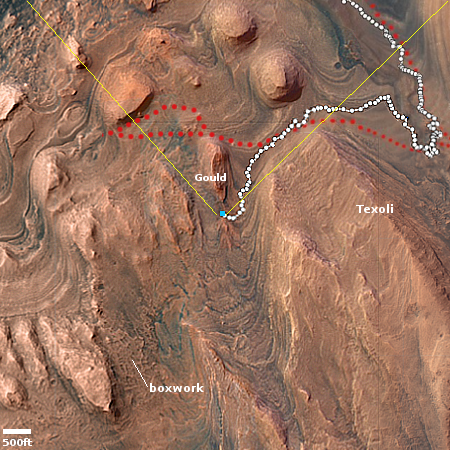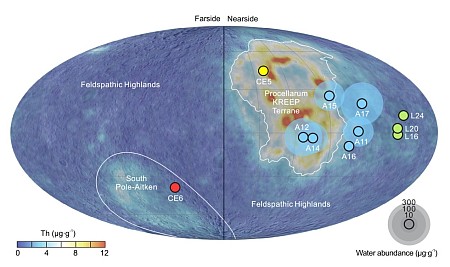First images ever of a live transparent colossal squid in its natural environment
Using an autonomous submersible, scientists have captured the first pictures and video ever of a live transparent colossal squid in its natural habitat.
This one was captured on film using a remotely operated vehicle at a depth of 1,968 feet (600 m) during the team’s 35-day expedition to uncover new marine life. It’s a juvenile squid, about 0.98 ft (30 cm) long, with a transparent body, iridescent eyes, trademark hooks on the middle of each of its eight arms, and clubs on its two long tentacles.
…If you’re looking at this and wondering why this colossal squid doesn’t resemble the hefty red one you saw being pulled aboard a fishing boat back in 2007, good eye! That’s because this species starts out transparent, and loses its see-through appearance as it ages. Dr Kat Bolstad, associate professor at the Auckland University of Technology Lab, noted that the red coloration seen in the arms suggests this creature could switch between looking transparent to opaque.
I have embedded the video below.
» Read more
Using an autonomous submersible, scientists have captured the first pictures and video ever of a live transparent colossal squid in its natural habitat.
This one was captured on film using a remotely operated vehicle at a depth of 1,968 feet (600 m) during the team’s 35-day expedition to uncover new marine life. It’s a juvenile squid, about 0.98 ft (30 cm) long, with a transparent body, iridescent eyes, trademark hooks on the middle of each of its eight arms, and clubs on its two long tentacles.
…If you’re looking at this and wondering why this colossal squid doesn’t resemble the hefty red one you saw being pulled aboard a fishing boat back in 2007, good eye! That’s because this species starts out transparent, and loses its see-through appearance as it ages. Dr Kat Bolstad, associate professor at the Auckland University of Technology Lab, noted that the red coloration seen in the arms suggests this creature could switch between looking transparent to opaque.
I have embedded the video below.
» Read more

